Introduction Achieving a more sculpted and defined appearance no longer requires surgery. Thanks to advancements…
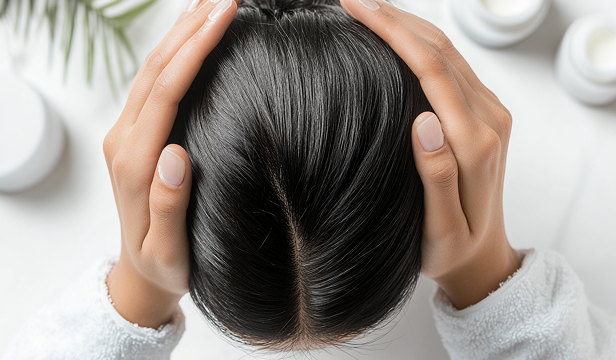
Hair Loss Treatments: What Works and What Doesn’t?
Introduction
Hair loss is a common concern affecting millions of people worldwide. While some hair loss is natural, excessive shedding or thinning can be distressing. With a plethora of treatments available, it’s essential to distinguish between effective solutions and those that offer little to no benefit.
1. Understanding Hair Loss
a. Causes of Hair Loss
- Genetics (Androgenetic Alopecia): The most common cause of hair loss, affecting both men and women.
- Hormonal Changes: Pregnancy, menopause, and thyroid disorders can contribute to hair thinning.
- Nutritional Deficiencies: Lack of iron, biotin, and essential vitamins can impact hair growth.
- Stress and Lifestyle: High-stress levels, lack of sleep, and unhealthy diets can trigger hair shedding.
- Medical Conditions: Autoimmune disorders (alopecia areata), scalp infections, and certain medications can lead to hair loss.
2. Proven Hair Loss Treatments
a. Medications
- Minoxidil (Rogaine): FDA-approved topical treatment that stimulates hair growth and slows hair loss.
- Finasteride (Propecia): Prescription oral medication that inhibits DHT (a hormone linked to hair loss) in men.
b. Hair Growth Supplements
- Biotin: Supports keratin production but is most effective for deficiency-related hair loss.
- Iron and Vitamin D: Essential for hair follicle health and growth.
- Saw Palmetto: Natural DHT blocker, often included in hair growth supplements.
c. Platelet-Rich Plasma (PRP) Therapy
- Involves injecting platelets from the patient’s blood into the scalp to stimulate hair follicles.
- Helps with early-stage hair thinning but requires multiple sessions.
d. Low-Level Laser Therapy (LLLT)
- Uses red light therapy to improve blood flow to the scalp and promote hair growth.
- Effective for androgenetic alopecia but requires consistent use.
e. Hair Transplant Surgery
- Follicular Unit Extraction (FUE) and Follicular Unit Transplantation (FUT) are effective for restoring hair permanently.
- Suitable for advanced hair loss but involves a surgical procedure and recovery time.
3. Treatments with Limited or No Effectiveness
a. Over-the-Counter Shampoos and Conditioners
- Many claim to promote hair growth, but most only improve hair texture rather than prevent hair loss.
- DHT-blocking shampoos may help slow hair loss but do not regrow hair.
b. Essential Oils and Home Remedies
- Oils like rosemary and peppermint may improve scalp circulation but lack strong clinical evidence.
- Onion juice and aloe vera have anecdotal benefits but are not proven solutions.
c. Scalp Massages
- Can increase blood circulation but does not significantly reverse hair loss.
- Works best as a complementary therapy alongside other treatments.
4. Preventative Measures
a. Maintain a Healthy Diet
- Consume protein-rich foods, leafy greens, and omega-3 fatty acids to support hair growth.
- Stay hydrated to keep hair follicles nourished.
b. Reduce Stress Levels
- Practice relaxation techniques like yoga, meditation, and deep breathing exercises.
- Chronic stress can trigger hair shedding (telogen effluvium).
c. Avoid Harsh Hair Treatments
- Limit heat styling, chemical treatments, and tight hairstyles that strain hair follicles.
- Use gentle, sulfate-free shampoos and avoid excessive washing.
Conclusion
Effective hair loss treatments vary based on the underlying cause. FDA-approved medications, PRP therapy, and hair transplants have the best results, while over-the-counter shampoos and home remedies offer minimal benefits. A holistic approach, including proper nutrition, stress management, and targeted treatments, can help maintain healthy hair and slow hair loss progression. Consulting a dermatologist can help determine the most suitable treatment for your condition.
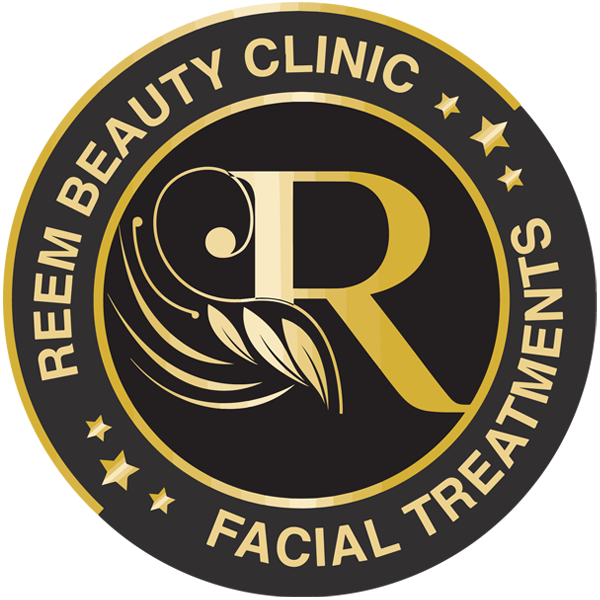
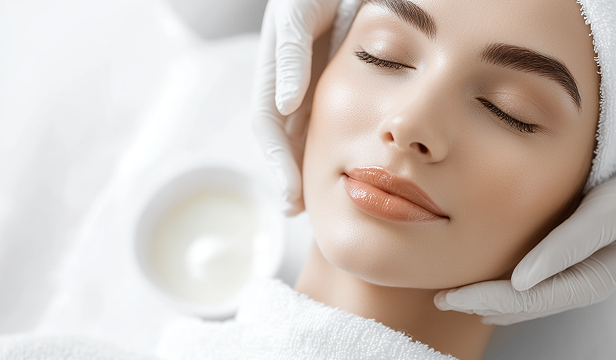
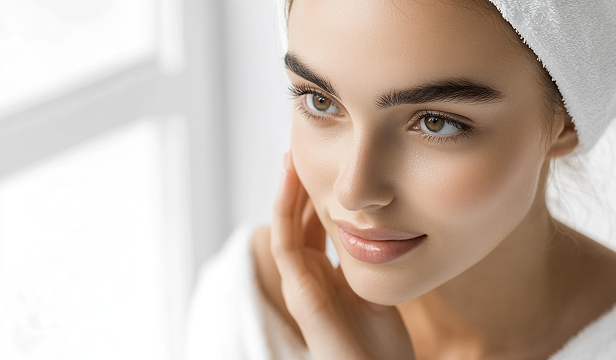
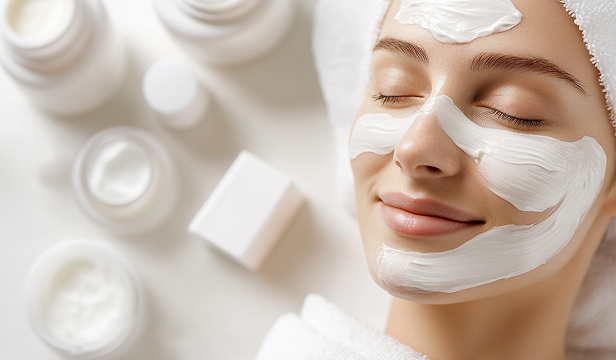
This Post Has 0 Comments